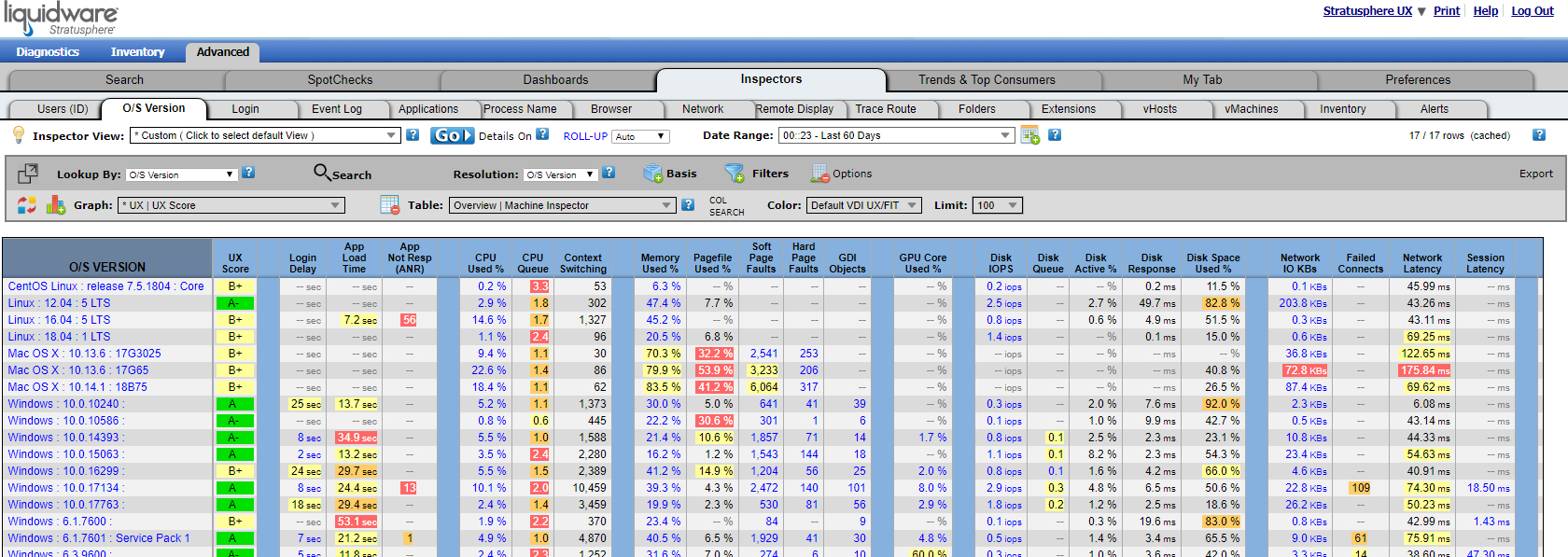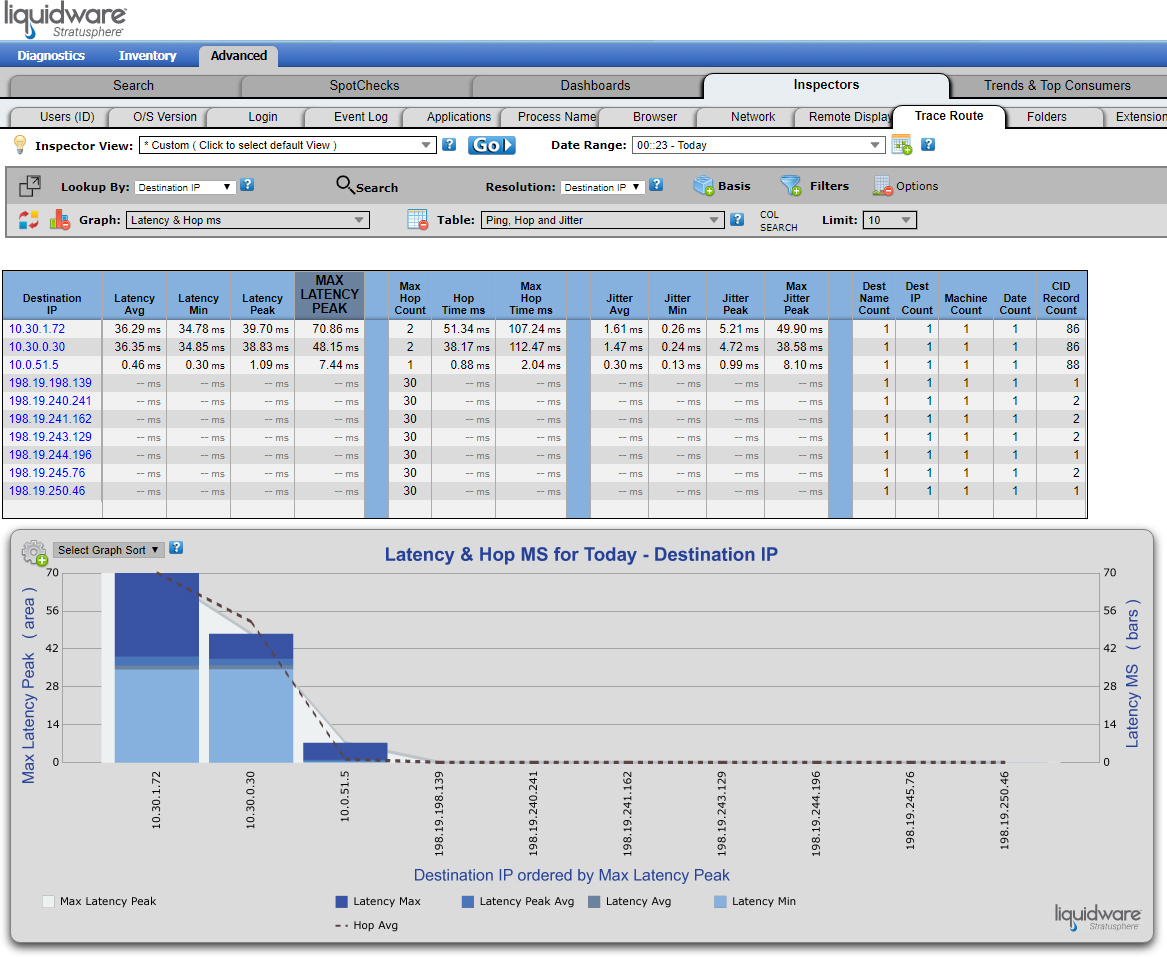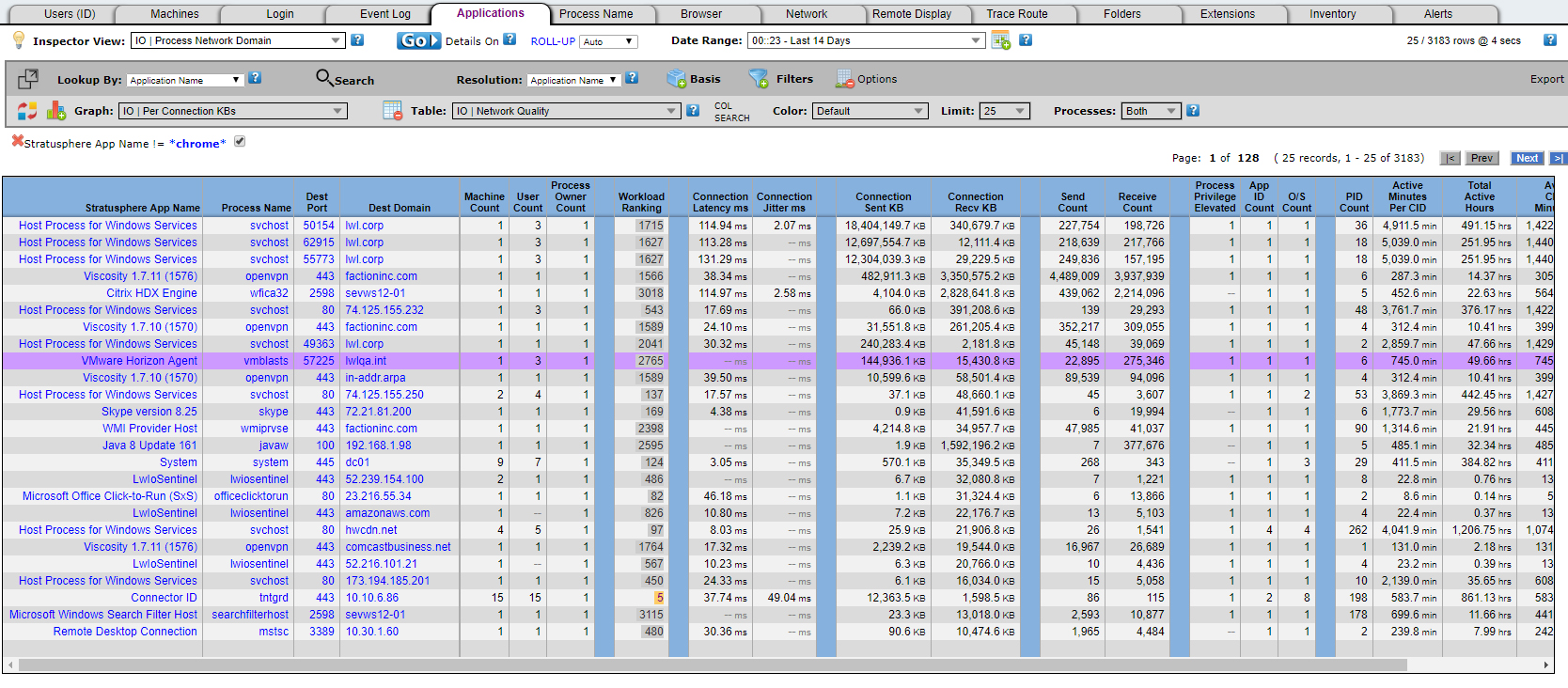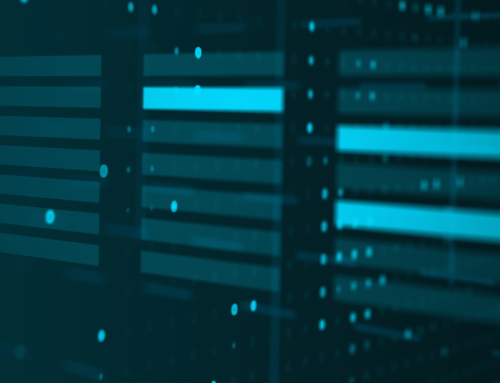In previous posts I’ve written about real time visibility, and whether it’s a necessity or red herring. I’ve also written about quantifying the user experience and putting user metrics at the center of your workspace visibility effort. And regardless of whether you employ physical PCs, on-prem multi-session shared infrastructure or cloud-based solutions to deliver your end user workspaces, I hope you subscribe to the following core tenet… User-centric visibility is paramount in the monitoring and diagnostics of the end user workspace.
In this post, I’ll level-up and assert that a multi-faceted approach is another important dimension in gaining end-to-end user-centric visibility. Depending on any one single facet to understand the complexity of end-user workspaces—regardless of how they are delivered to your users—leaves the door wide open to chasing symptoms (versus truly getting to the root cause). Worse still, a single-faceted diagnostics tool will miss the subtle cues that will help you to minimize risk and ensure user experience goals are being met.
One of the strengths of Stratusphere UX is its ability to provide a definition of user experience comprised of varying, yet important metrics and information. At its core, the solution leverages an extremely lightweight agent. We call this agent the Stratusphere Connector ID (CID) Key. Additionally, Stratusphere UX correlates infrastructure-reported resource consumption details, wire data and network metrics; and with the release of version 6.1, the solution also offers log aggregation detail.
It all Starts with In-Guest Visibility
The Stratusphere CID Key provides end-node device support for a multitude of OS and device types. Some of those include: all physical, virtual and cloud-delivered workspaces running Windows 7, 8.1, 10, Server 2008, 2012, 2016, Linux (Red Hat, Ubuntu, CentOS, Fedora & SUSE), and Apple macOs Sierra, High Sierra, Mojave, OS X El Capitan and IGEL OS devices. I should add that we’ve created custom version of our CID Key to support Windows and Linux-embedded thin and zero clients too.

Our CID Key captures hundreds of relevant in-guest metrics and information all while ‘doing no harm’ to the performance of the guest workspace itself. And because Stratusphere UX captures detailed information from all users, all machines and all applications—all of the time—we also capture trended consumption details on our own CID Key process. Don’t take my word for it, please use Stratusphere UX to police itself and gain detailed information on all of your applications and processes; including our own in-guest process.
Infrastructure and Network Visibility
Another important facet in the complete end-to-end view of your workspaces is infrastructure-reported resources. Large platform vendors like VMware, Microsoft and Nutanix offer details on resource consumption as reported at the server or platform level. Having this level of visibility to end user workspaces provides another clue to overall performance, but this does not tell the whole story.
Stratusphere UX gains infrastructure-reported metrics from platforms such as VMware vCenter and Nutanix Prism. When configured, Stratusphere UX synchronizes with these data resources and time-correlates the infrastructure view with our in-guest view, providing an opportunity to examine host-reported information in aggregate as well as by machine-instance.
From a wire perspective, Stratusphere UX leverages a few sources to provide unified visibility to wire and network metrics. Sources include data and information collected by the Stratusphere Collector Appliance, remote display session detail and application and process network metrics.
The Stratusphere UX Advanced mode inspector for Remote Display and Trace Route offers visibility to platform remote display protocol sessions. It provides detailed information for protocols like ICA/HDX, RDP/TS, PCoIP, BLAST as well as the ability to examine custom TCP/UDP ports. Overall, this level of detail and information can expose resource and network layer constraints that may contribute to a negative user experience.

The third wire source for end user visibility is provided by the recently released application and guest process network feature. Located within the Stratusphere UX Advanced mode Application inspector, this feature offers network traffic visibility at the application and process level. Details such as aggregate IO, latency and overall traffic consumption is presented for all processes that open guest workspace network ports. This level of detail is critical when one needs to identify whether the constraint in inside or outside the guest, virtual or cloud-delivered machine.
Log Aggregation Visibility and More
Another new facet in end-to-end visibility is an aggregation and trending feature for Windows event logs. With detailed filtering capabilities, the Stratusphere UX Advanced mode Event Log inspector provides application, system and security event log visibility for critical, error, warning and informational Windows event types. All log details can be examined by user, by machine, or by application. Visibility can be drilled into at a specific point-in-time or examined in aggregate for a trended view.

User experience visibility requires that you are able to gain a view from the user’s perspective—which includes metrics an information collected from inside and outside the guest. This complete end-to-end view is important to ensure you are not missing anything, but also important in supporting visibility to all users, all machines and all applications—all of the time.
If you’ve found that blind spots are affecting your ability to gain complete end-to-end visibility of user experience, please take a minute to consider Stratusphere UX. We know that next-generation workspaces require a more comprehensive monitoring and diagnostics and we’ve made efforts to help you minimize risk, meet expectations and quickly get to the root cause of issues. Give us a shout, we’d love to hear about your end-user workspace challenges.








Leave A Comment
You must be logged in to post a comment.